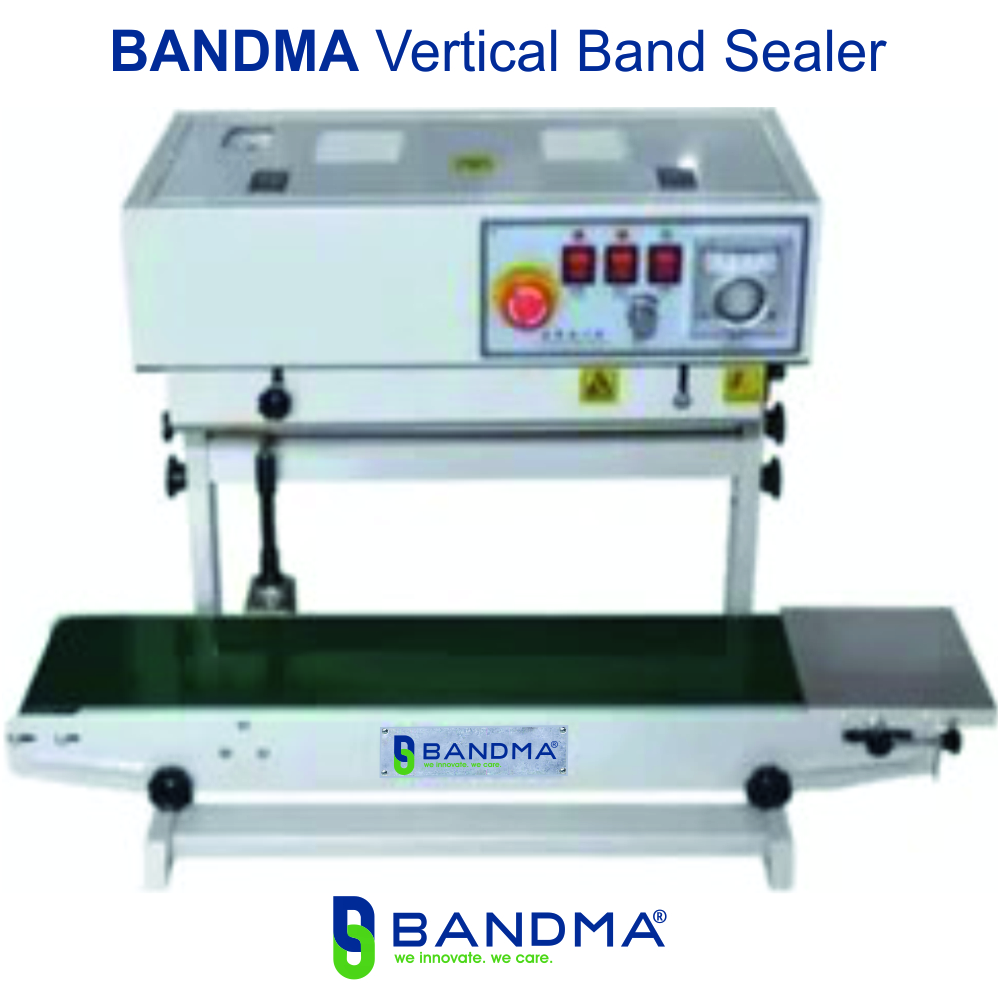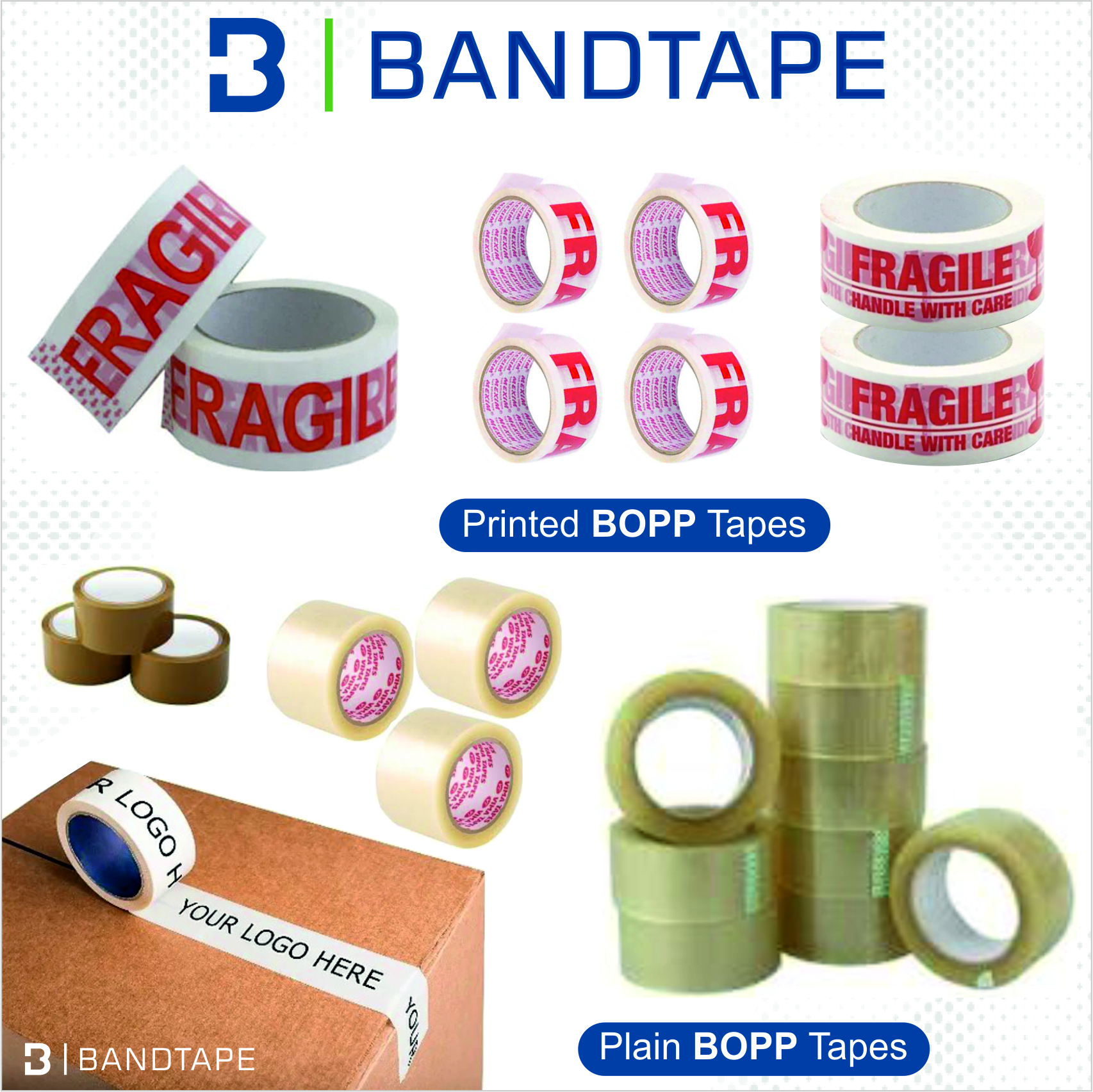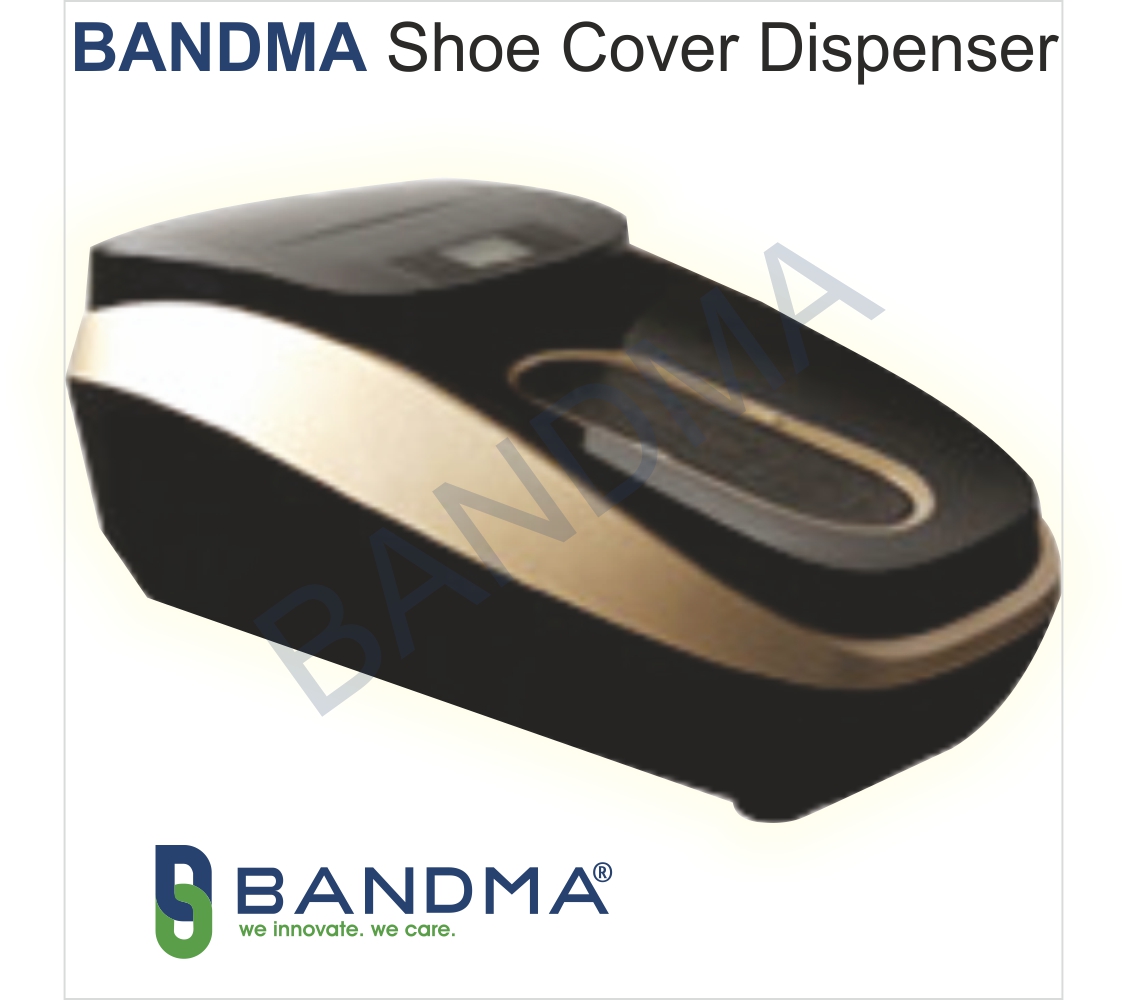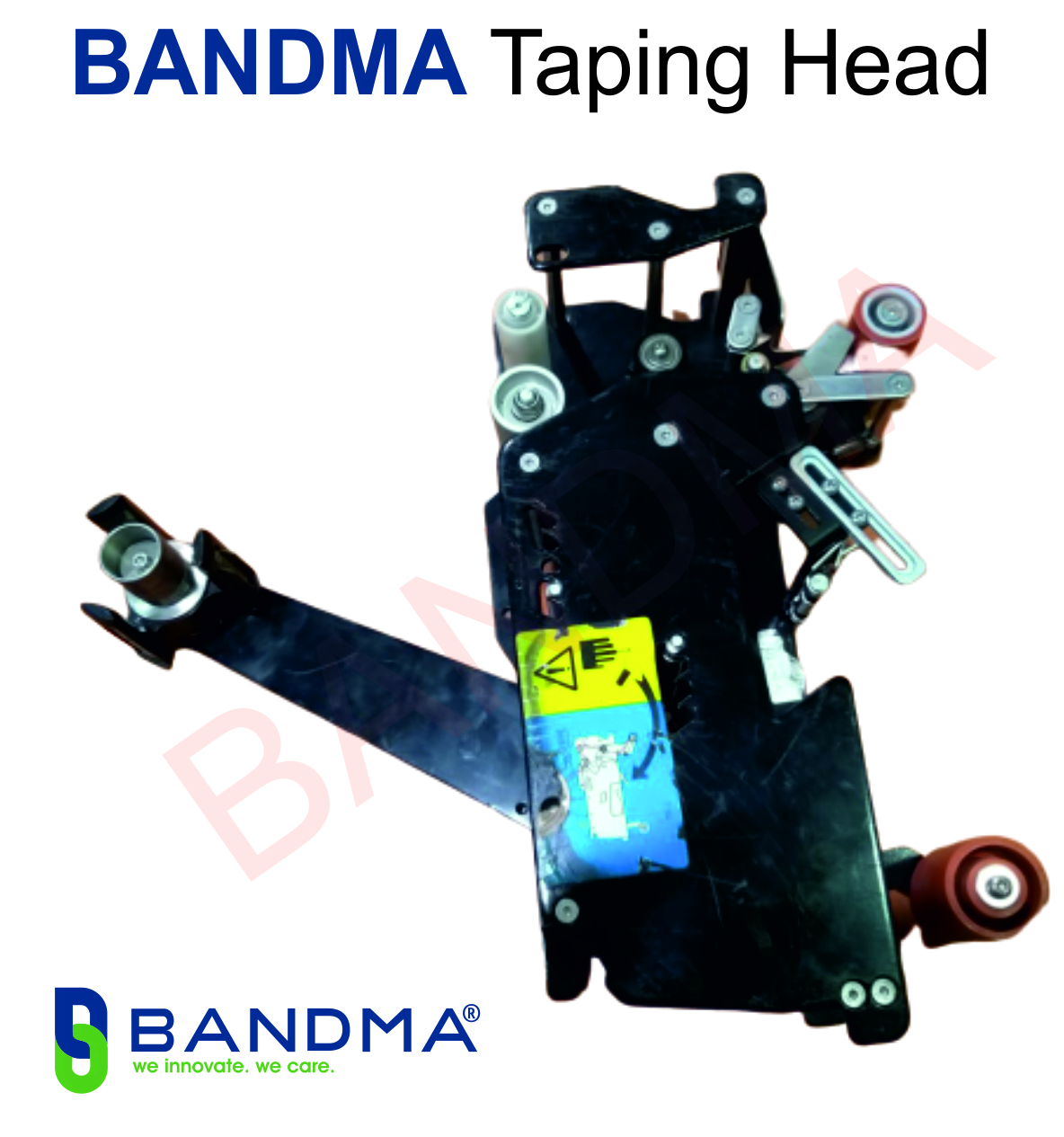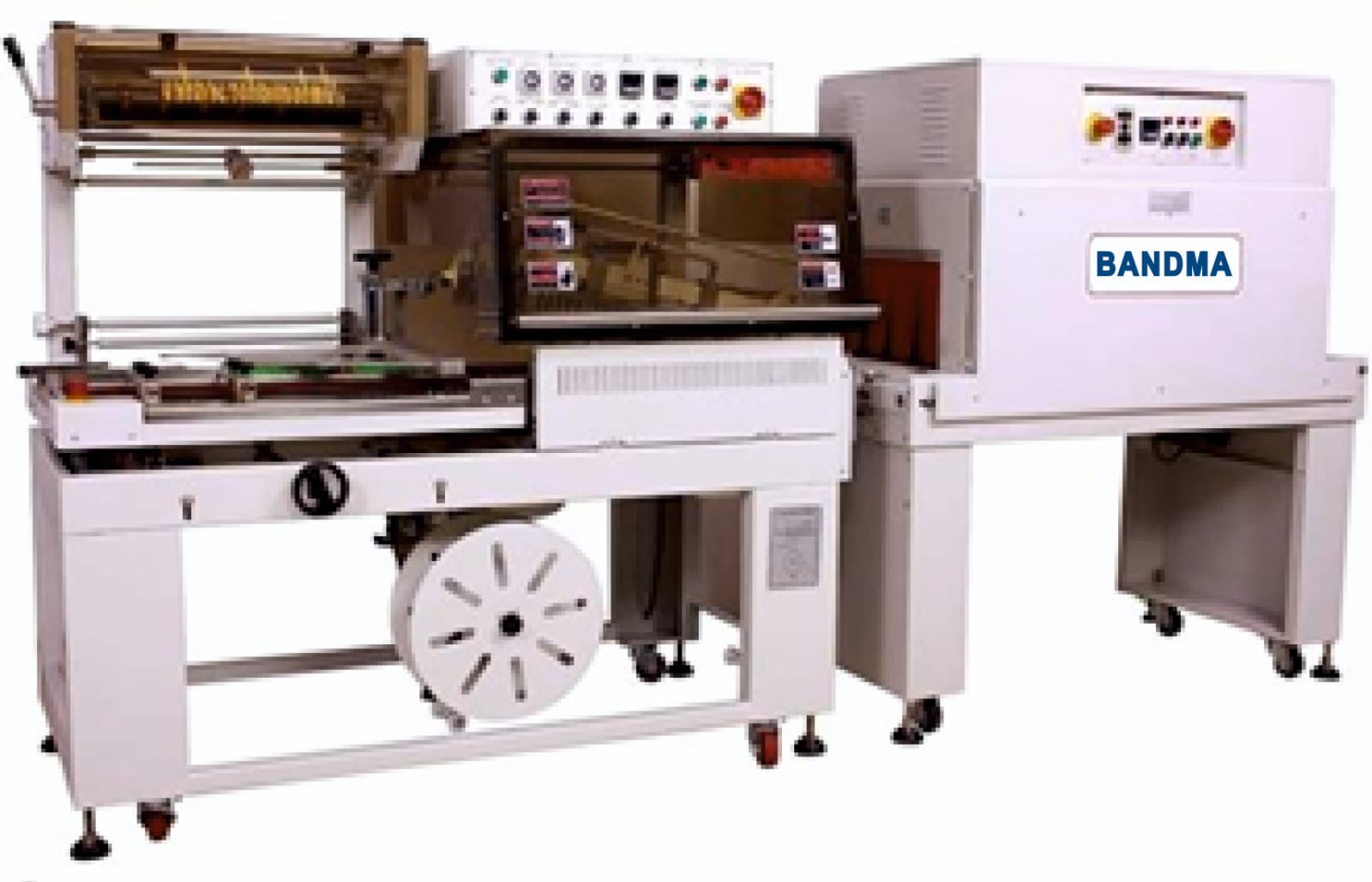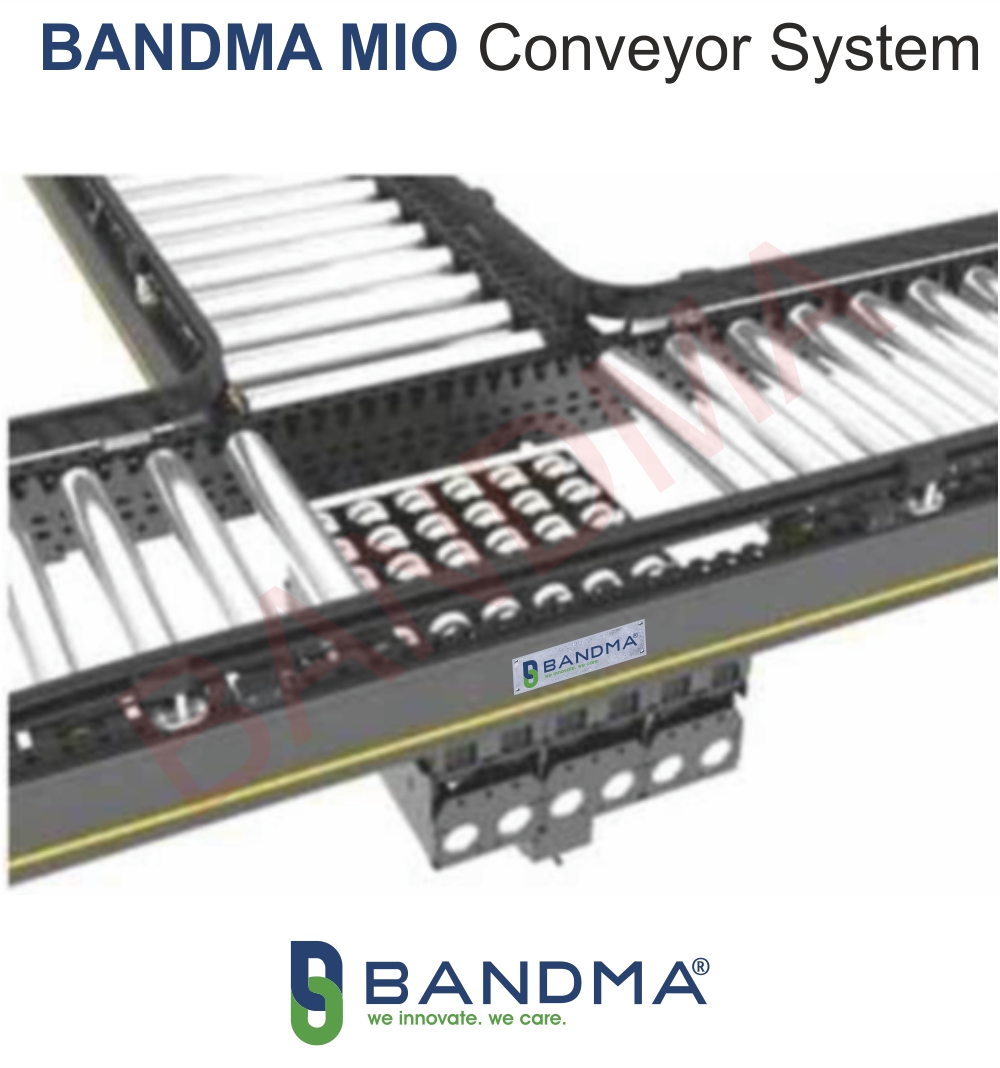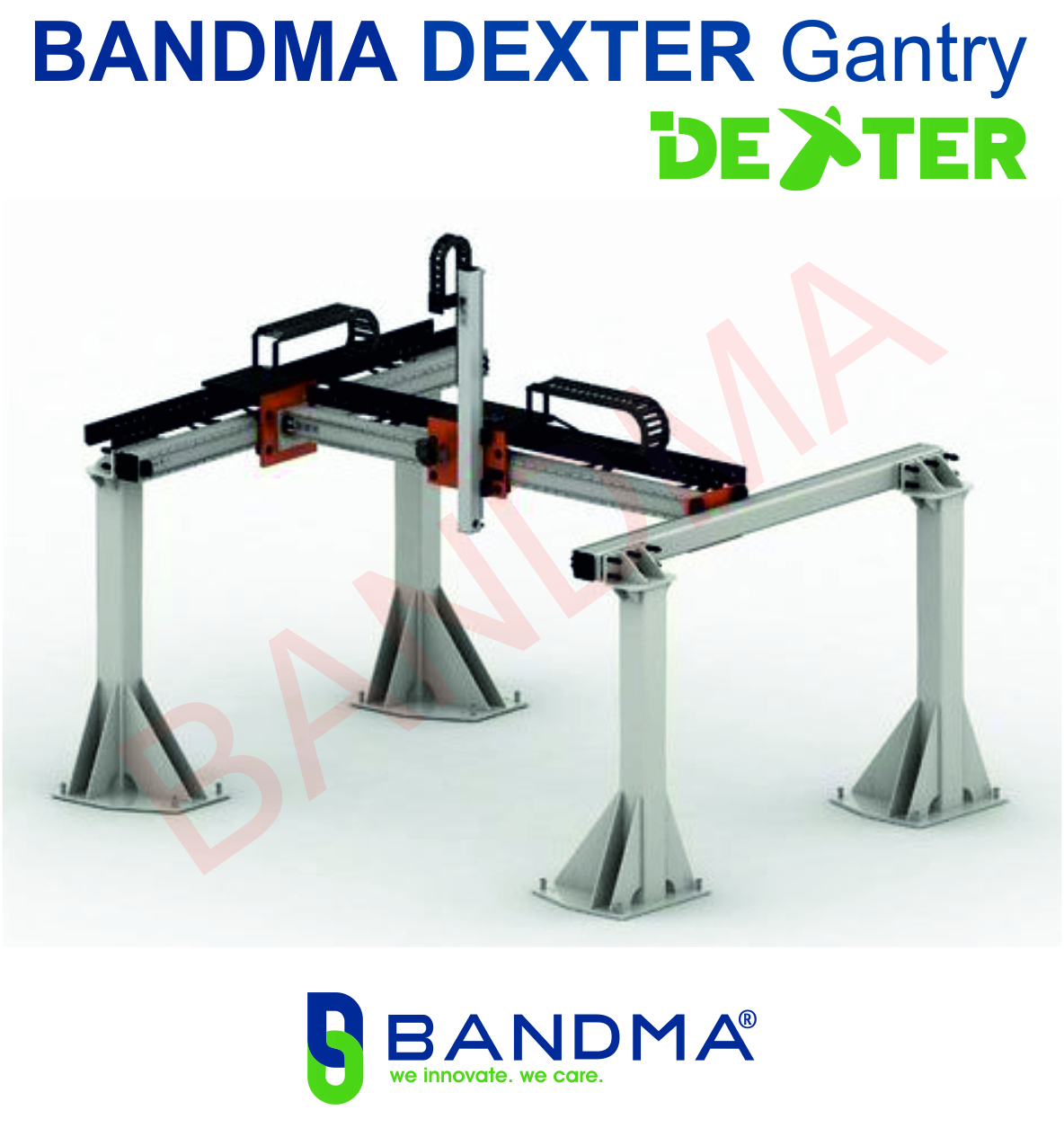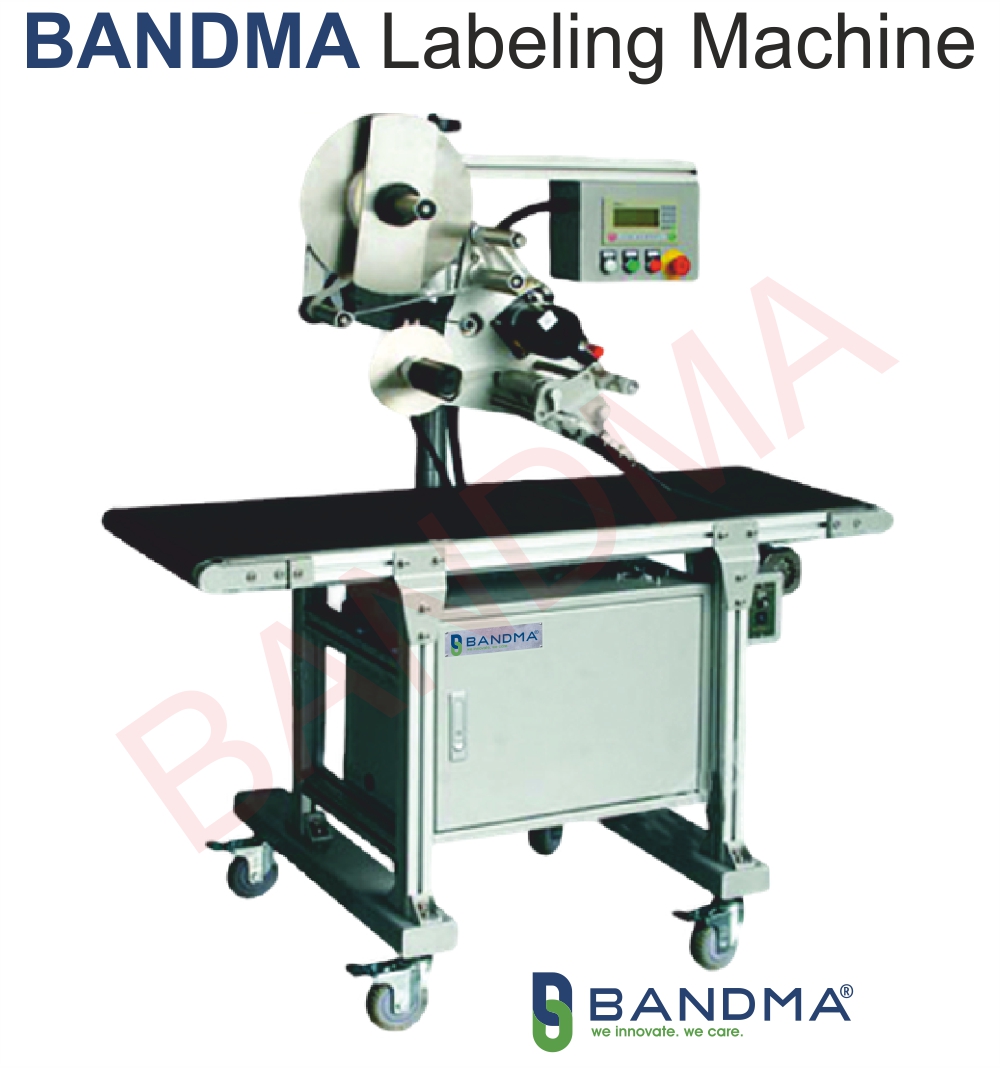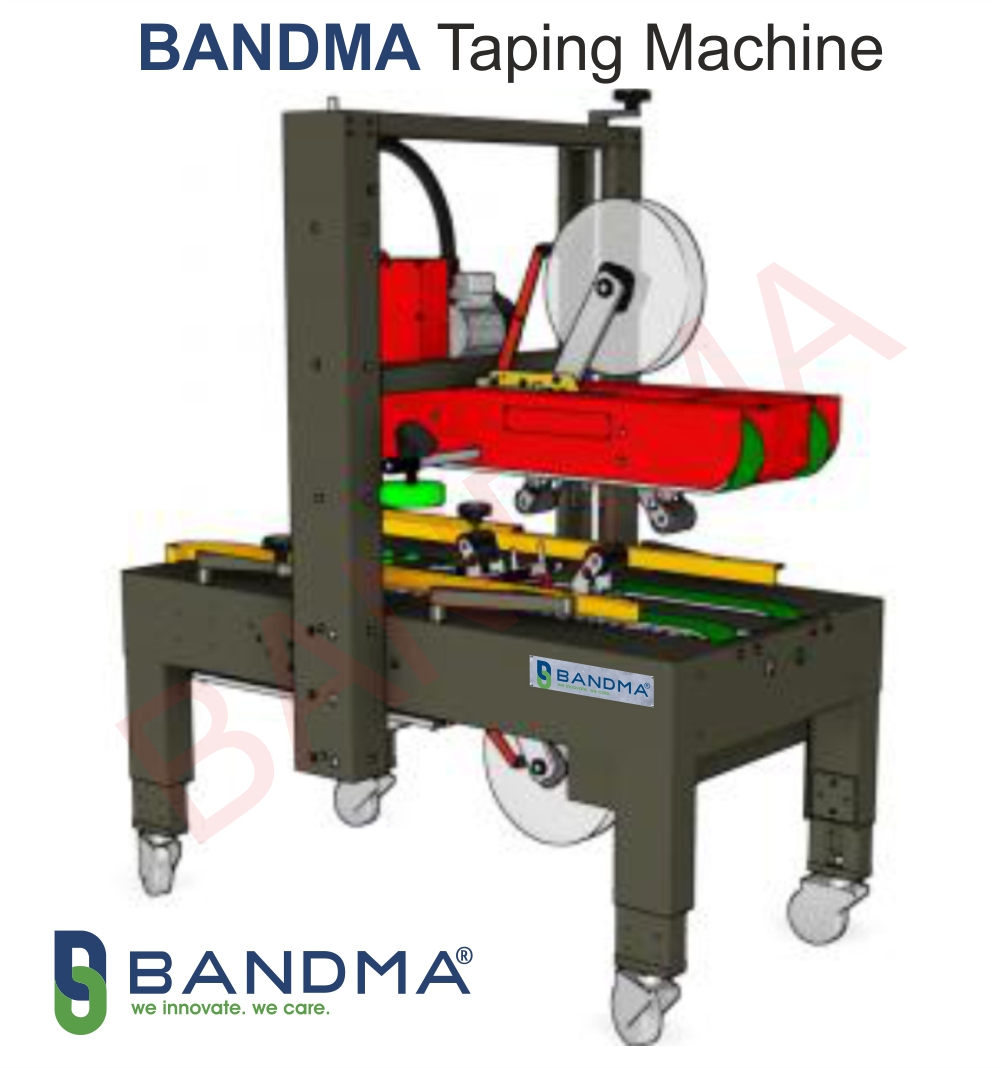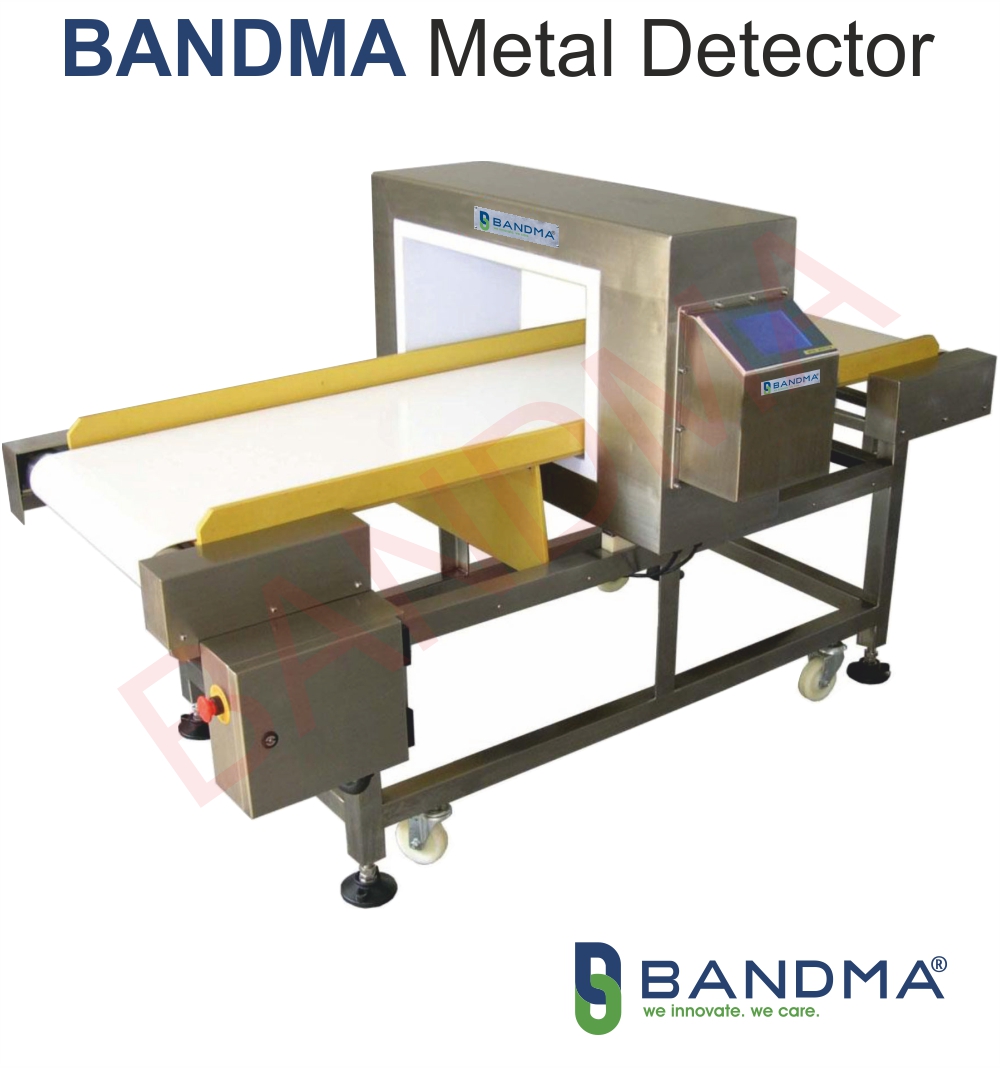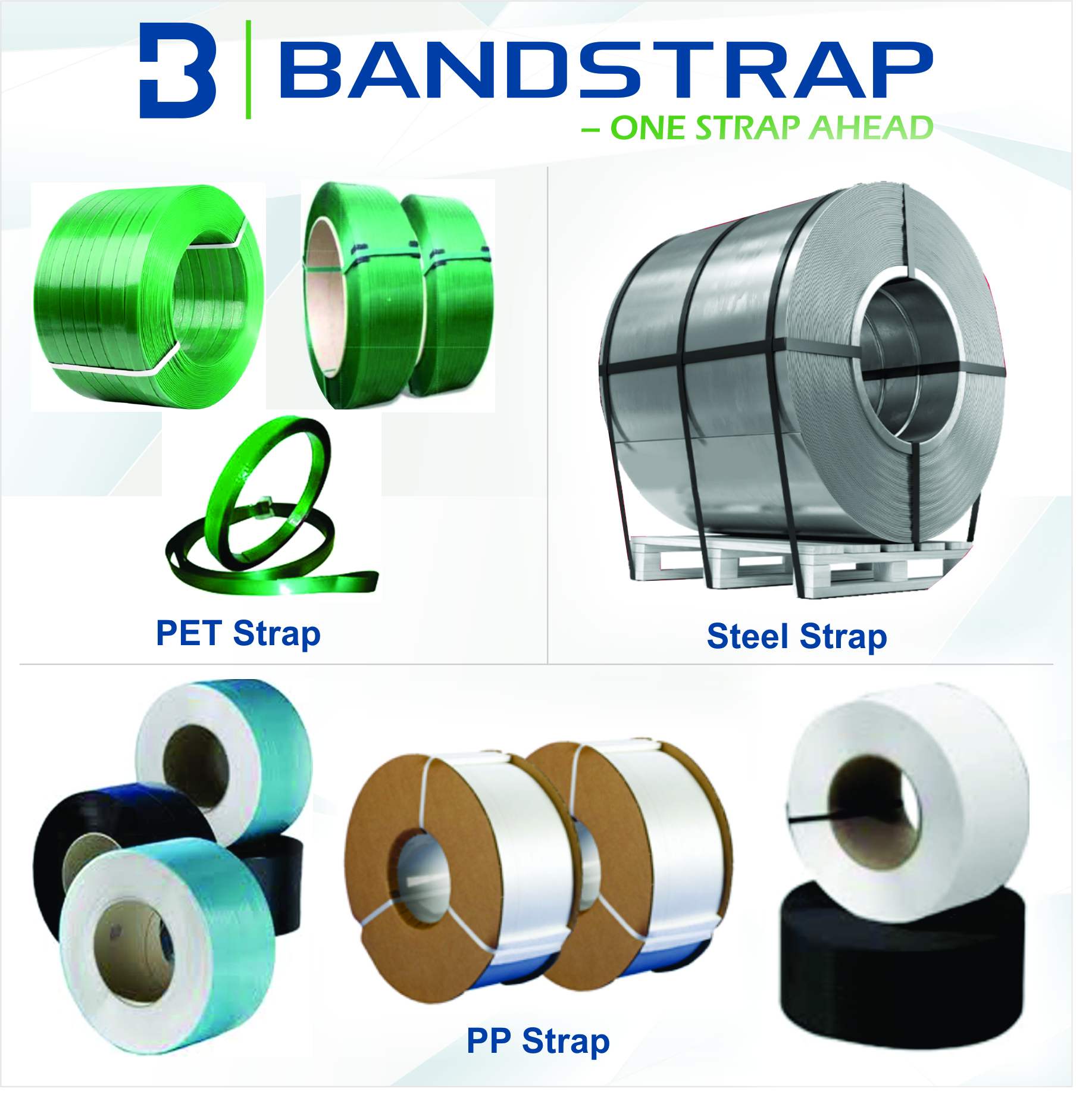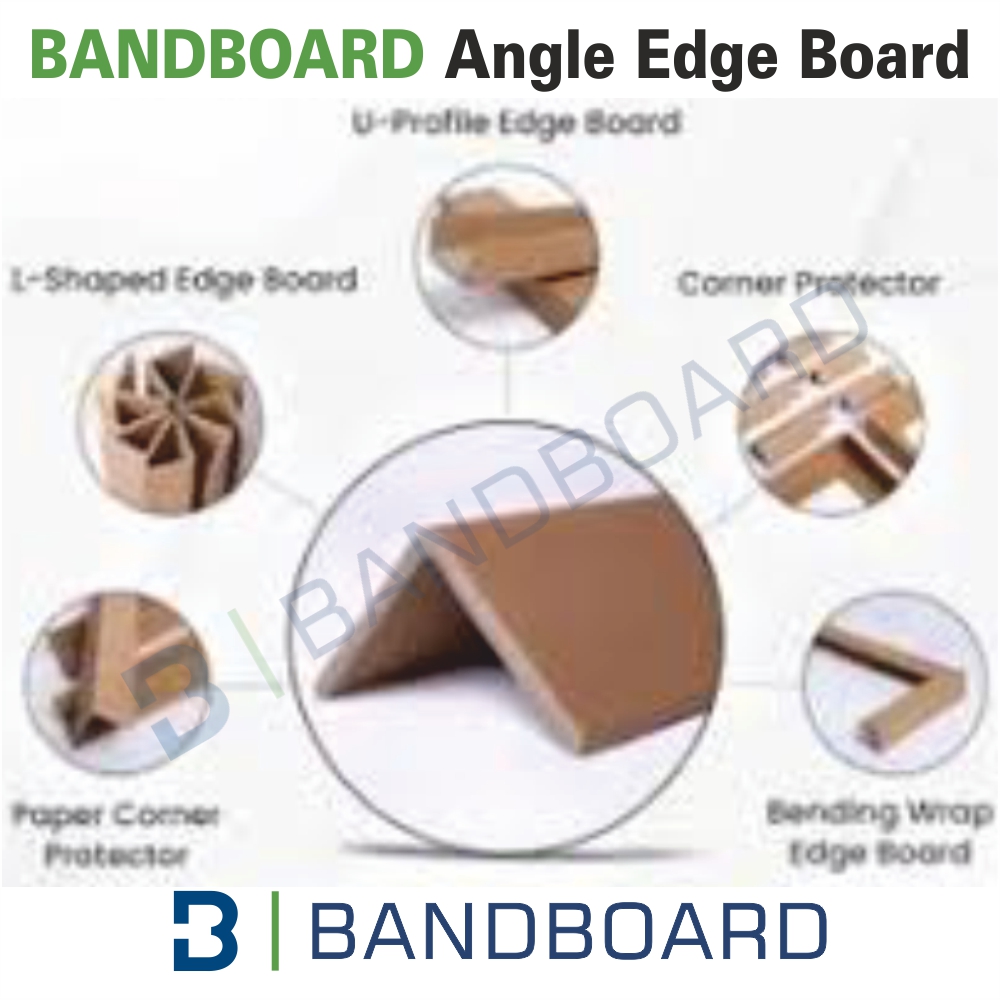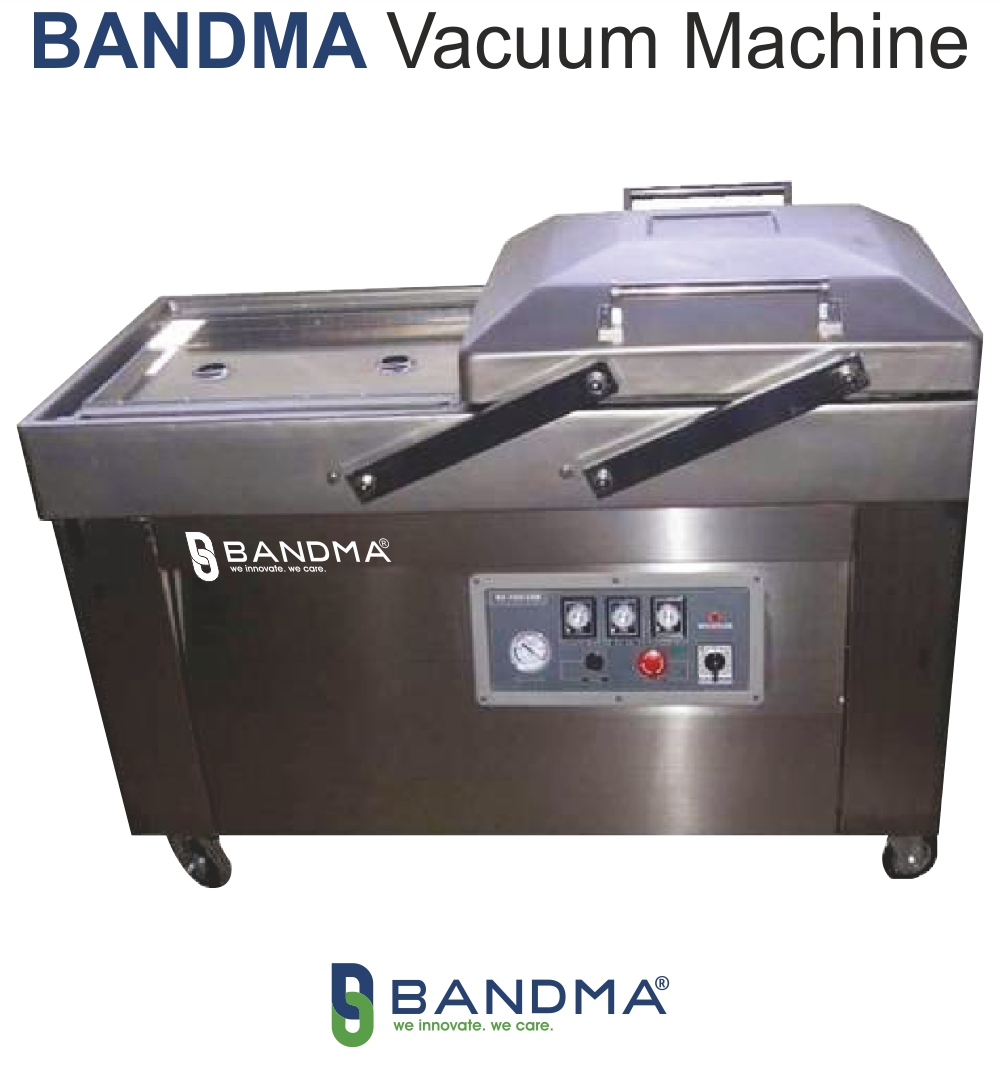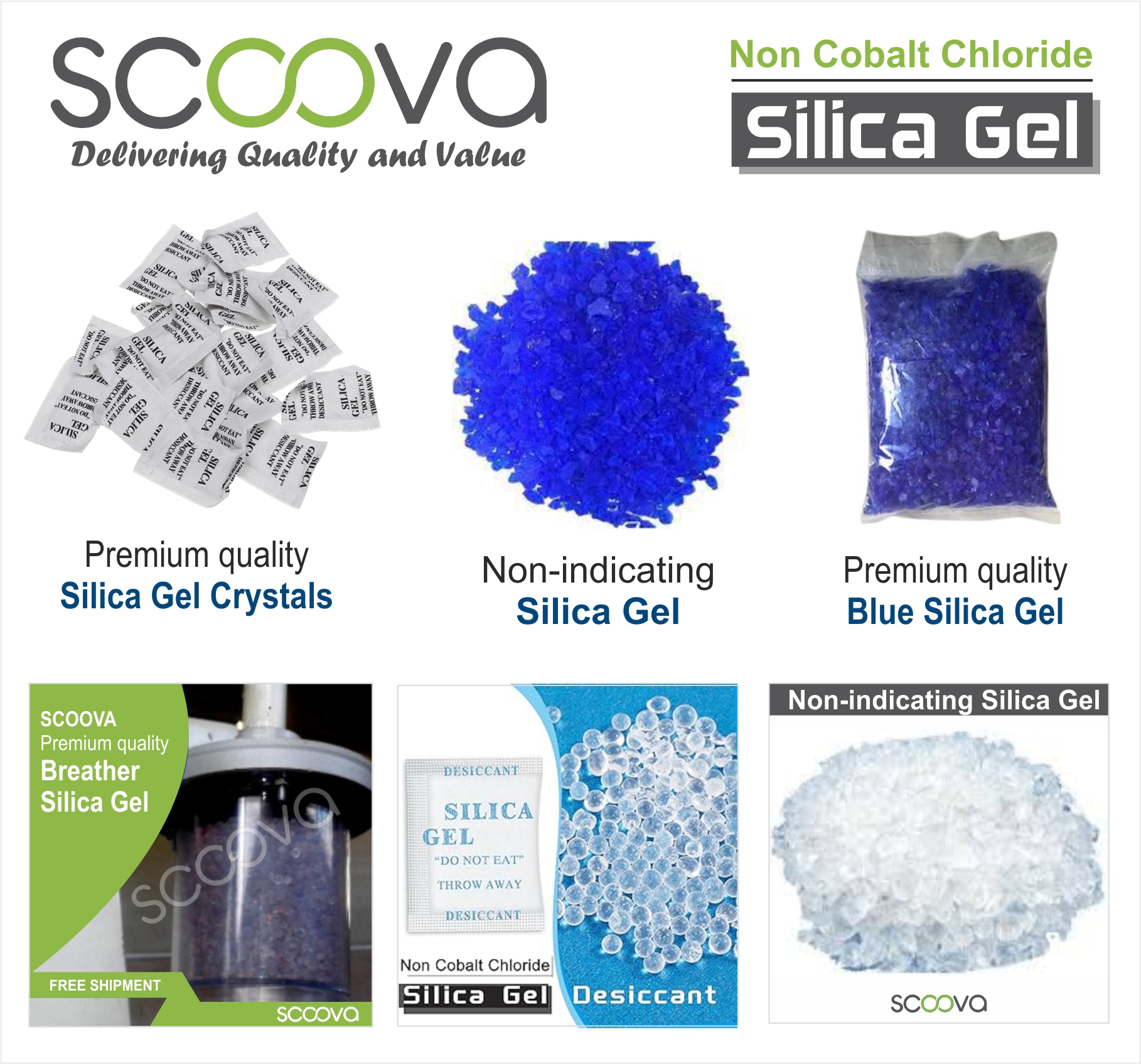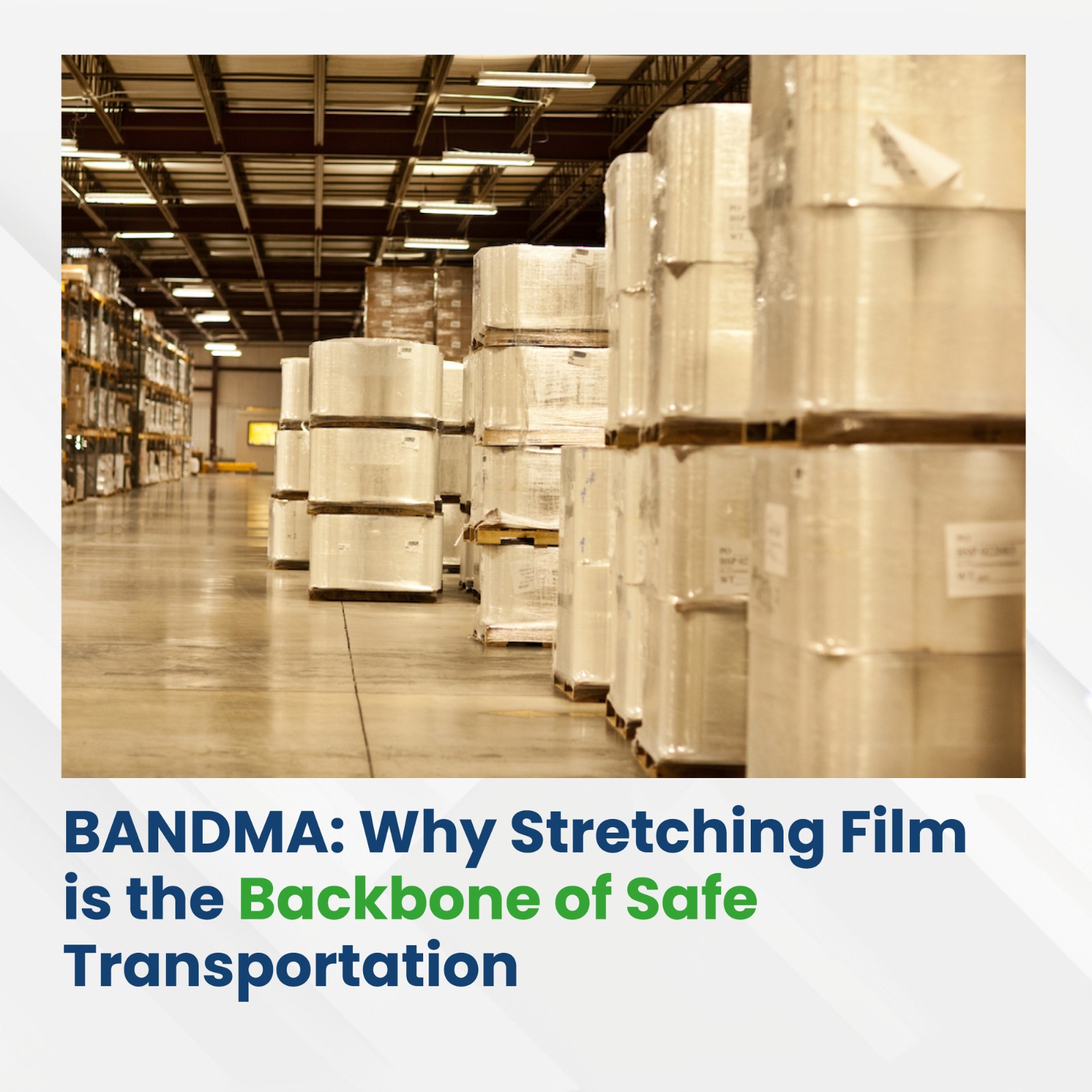Businesses from a variety of industries place a high premium on protecting goods while they are being stored and transported in the realm of contemporary logistics and supply chain management. Stretching film is among the most dependable and affordable options for this use. Often called stretch wrap, this multipurpose material has emerged as a preferred packing element, guaranteeing that goods are secure, safe, and shielded from moisture, dust, and damage.
This article will go over the basics of stretching film, as well as its types, uses, advantages, and things that companies should think about when selecting the best film for their packaging requirements.
What is Stretching Film?

Stretching film, which is composed of linear low-density polyethylene (LLDPE), is a highly stretchable plastic film. It is frequently used to wrap pallets, product bundles, or single products to keep them together and protect them while being stored or transported. Stretching the film around the products is how it is applied, and its elastic recovery keeps the goods securely attached.
Stretching film's primary feature is its flexible nature, which makes it the perfect option for load stabilization without compromising product quality. This elasticity makes it possible for the film to take on the contour of the load, guaranteeing a snug and safe wrap.
Types of Stretching Film

There are several different types of stretching films, each designed for specific applications and environments. Below are the most common types:
1. Hand Stretch Film
As the name implies, handheld dispensers are used to manually apply hand stretch film. It is frequently utilized in processes that cannot use huge, cumbersome machinery or that have low packaging volumes. Small enterprises or warehouse environments with little automation would benefit greatly from this kind of film because it is simple to handle.
2. Machine Stretch Film
Automatic or semi-automatic stretch wrapping machines, made for high-volume applications, use machine stretch film. Large pallets or several loads can be wrapped effectively with little worker input thanks to this kind of film's speedier and more reliable wrapping capabilities.
3. Blown Stretch Film
In order to create blown stretch film, heated plastic is extruded into a bubble and allowed to cool with air. This technique gives blown film exceptional resistance to punctures, which makes it perfect for wrapping objects with sharp edges or unusual shapes. Due to its strength and longevity, blown stretch film is preferred above other forms, despite its tendency to be more costly.
4. Cast Stretch Film
In the casting process, plastic is extruded through a flat die and cooled on chilled rollers to create cast stretch film. Because of its clarity, stretchability, and silent unwinding, cast film is a popular option for companies that need to be able to see their packaged items clearly. In general, it is less costly than blown film.
5. Pre-Stretch Film
Pre-stretch film is easier to apply than standard stretch film because it is stretched during production. Because of this, it is perfect for manual applications where usability and speed are crucial. Additionally, because less film is required to achieve the same amount of containment, less trash is produced.
6. Colored Stretch Film
By using colored stretch film to color-code wrapped loads, you can better manage your inventory or distinguish between different product categories. Because the contents of the load are less visible, it also lends an extra degree of protection and helps shield products from UV radiation exposure.
Benefits of Stretching Film

Stretching film offers numerous advantages that make it an essential component of any packaging operation. Here are some of the key benefits:
1. Cost-Effective
When compared to alternative techniques like strapping or shrink wrapping, stretching film is a reasonably priced packaging option. It may frequently be recycled or reused, which further lowers expenses, and it needs very few materials to secure a load.
2. Improved Load Stability
Stretching film's elastic properties guarantee that loads stay steady and safe while being transported or stored. This lowers the possibility of moving, tipping, or damage, which can result in lost goods and extra costs.
3. Protection Against Dust and Moisture
Products are protected from outside factors like dust, moisture, and grime by the protective barrier that stretching film forms around them. This is especially crucial for products that must be stored outside or in unclean conditions, or that are susceptible to environmental influences..
4. Flexibility and Versatility
Items of different sizes and shapes can be packaged using stretching film. It is a flexible packaging option for companies in many industries since it can be readily applied to anything from tiny boxes to big pallets and can adapt to loads with uneven shapes.
5. Enhanced Security
Stretching film adds an extra degree of security while also keeping goods in place. It makes it hard to tamper with the load because the film will be damaged if you try to access the contents. Additionally, opaque or colored film helps hide the contents, lowering the possibility of theft or illegal access.
6. Reduced Labor and Time
Using stretching film with a stretch wrapping machine greatly cuts down on the time and effort needed to secure cargo. For high-volume packaging processes, this is the perfect answer because it boosts overall productivity.
Applications of Stretching Film

Stretching film is used across a wide range of industries and applications due to its versatility and effectiveness. Here are some of the most common uses:
1. Pallet Wrapping
Pallets of goods are frequently wrapped in stretching film for storage or transportation. By keeping the goods firmly in place, it prevents them from moving or falling while in transit. Manufacturing facilities, distribution hubs, and warehouses frequently employ this application.
2. Bundling Products
Smaller goods are also bundled together using stretching film in addition to pallet wrapping. This makes it possible to package several pieces together without the need for large boxes or extra materials, which is very helpful for product organization in retail situations.
3. Food and Beverage Industry
In the food and beverage business, cases of bottled or canned goods are often secured with stretching film. It is perfect for maintaining the cleanliness, safety, and freshness of food products while they are being transported since it can form a tight, protective seal.
4. Construction Materials
Stretching film is frequently used to secure and protect heavy items like metal, masonry, and lumber while they are being transported. Because of the film's strength and durability, even the largest loads can be safely confined.
5. Pharmaceutical and Healthcare
Stretching film is used in the healthcare sector to safely wrap delicate medical equipment and supplies. It guarantees that the goods are safe and uncontaminated throughout the shipping process, especially when handling expensive or delicate goods.
Factors to Consider When Choosing Stretching Film

Selecting the right stretching film for your business is crucial to ensuring optimal load stability and protection. Here are some important factors to keep in mind:
1. Type of Load
Take into account the weight, dimensions, and form of the load you plan to wrap. Lighter, more homogeneous loads can be safely wrapped in cast film, while heavier or irregularly shaped loads could need a stronger film, like blown stretch film.
2. Environmental Conditions
Select a film that provides UV protection or is resistant to extreme temperatures if your products will be stored outside or subjected to harsh environments. Additionally, pre-stretch film may be an excellent choice for locations where temperature swings occur frequently.
3. Clarity Requirements
Use clear stretch film if you need to be able to see your cargo for inventory or identification requirements. Nonetheless, opaque or tinted film can aid in preventing theft or manipulation if security is an issue.
4. Manual vs. Machine Application
Stretch wrapping equipment or manual wrapping will be used for your packing operation. For smaller operations, hand stretch film works better, while for bigger packing processes, machine stretch film offers higher efficiency.
Conclusion
A necessary packing item for companies of all sizes is stretching film. Because of its adaptability, affordability, and load-securing capabilities, it is an essential tool for guaranteeing the secure transportation and storage of goods in a variety of businesses. Selecting the appropriate kind of stretching film for your use can increase load stability, protect your goods, and streamline your packing procedure for optimal effectiveness.
Stretching film gives your products the adaptability and dependability they need to stay safe at every stage, whether you're a small business searching for a straightforward packaging solution or a huge enterprise wanting high-volume capabilities.


